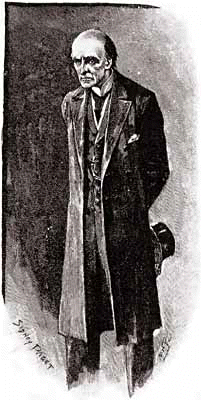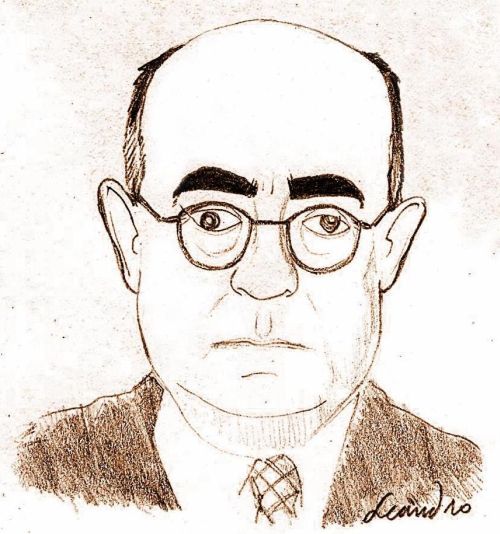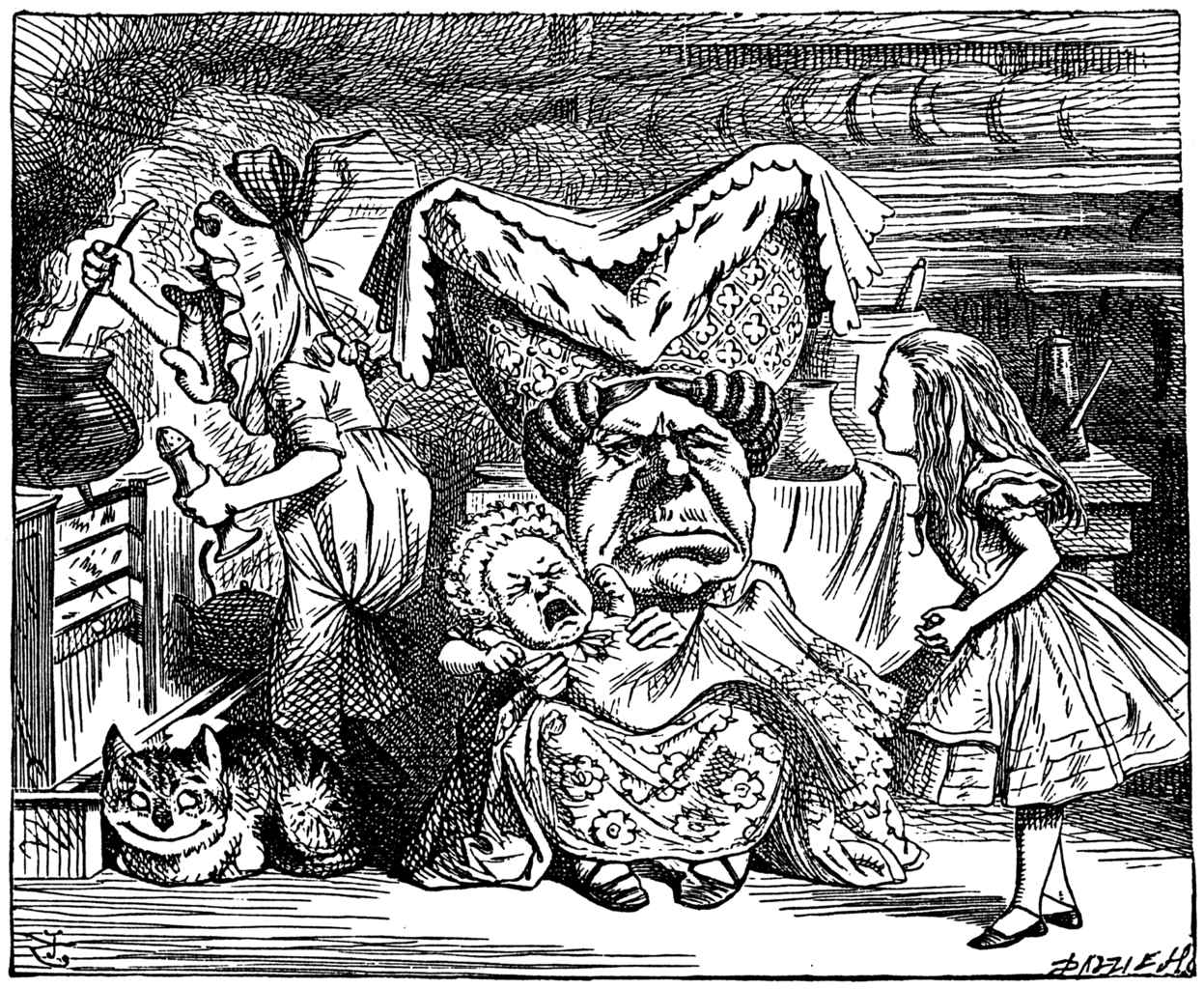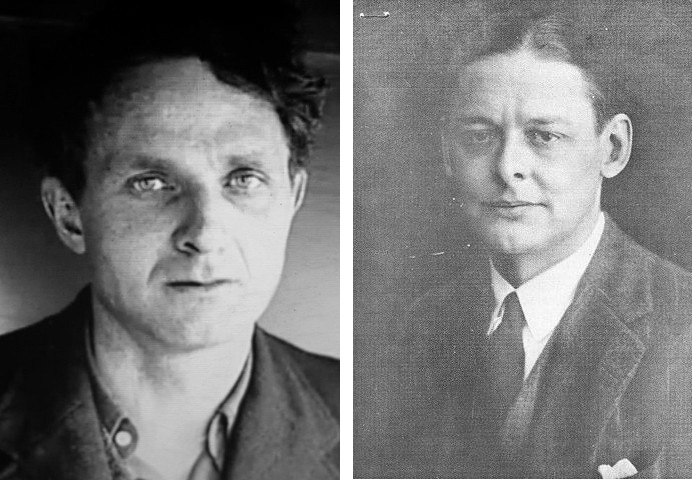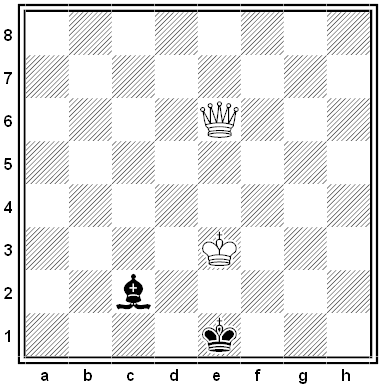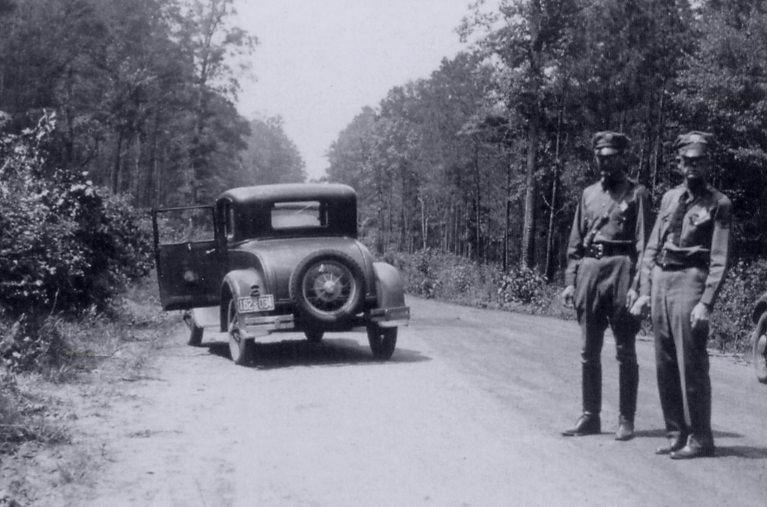
In the spring of 1934, as police closed in on her and Clyde Barrow, Bonnie Parker left a poem with her mother:
You’ve read the story of Jesse James
Of how he lived and died
If you’re still in need of something to read
Here’s the story of Bonnie and Clyde.
Now Bonnie and Clyde are the Barrow Gang,
I’m sure you all have read
how they rob and steal and those who squeal
are usually found dying or dead.
There’s lots of untruths to these write-ups
They’re not so ruthless as that
Their nature is raw, they hate all law
Stool pigeons, spotters, and rats.
They call them cold-blooded killers
They say they are heartless and mean
But I say this with pride, I once knew Clyde
When he was honest and upright and clean.
But the laws fooled around and taking him down
and locking him up in a cell
‘Til he said to me, “I’ll never be free,
So I’ll meet a few of them in hell.”
The road was so dimly lighted
There were no highway signs to guide
But they made up their minds if all roads were blind
They wouldn’t give up ’til they died.
The road gets dimmer and dimmer
Sometimes you can hardly see
But it’s fight man to man, and do all you can
For they know they can never be free.
From heartbreak some people have suffered
From weariness some people have died
But all in all, our troubles are small
‘Til we get like Bonnie and Clyde.
If a policeman is killed in Dallas
And they have no clue or guide
If they can’t find a fiend, just wipe the slate clean
And hang it on Bonnie and Clyde.
There’s two crimes committed in America
Not accredited to the Barrow Mob
They had no hand in the kidnap demand
Nor the Kansas City Depot job.
A newsboy once said to his buddy
“I wish old Clyde would get jumped
In these hard times we’d get a few dimes
If five or six cops would get bumped.”
The police haven’t got the report yet
But Clyde called me up today
He said, “Don’t start any fights, we aren’t
working nights, we’re joining the NRA.”
From Irving to West Dallas viaduct
Is known as the Great Divide
Where the women are kin, and men are men
And they won’t stool on Bonnie and Clyde.
If they try to act like citizens
And rent a nice flat
About the third night they’re invited to fight
By a sub-gun’s rat-tat-tat.
They don’t think they’re tough or desperate
They know the law always wins
They’ve been shot at before, but they do not ignore
That death is the wages of sin.
Some day they’ll go down together
And they’ll bury them side by side
To few it’ll be grief, to the law a relief
But it’s death for Bonnie and Clyde.
That May they were ambushed on a Louisiana backroad, where police fired 130 rounds into their car. She was 23, Clyde 25.

